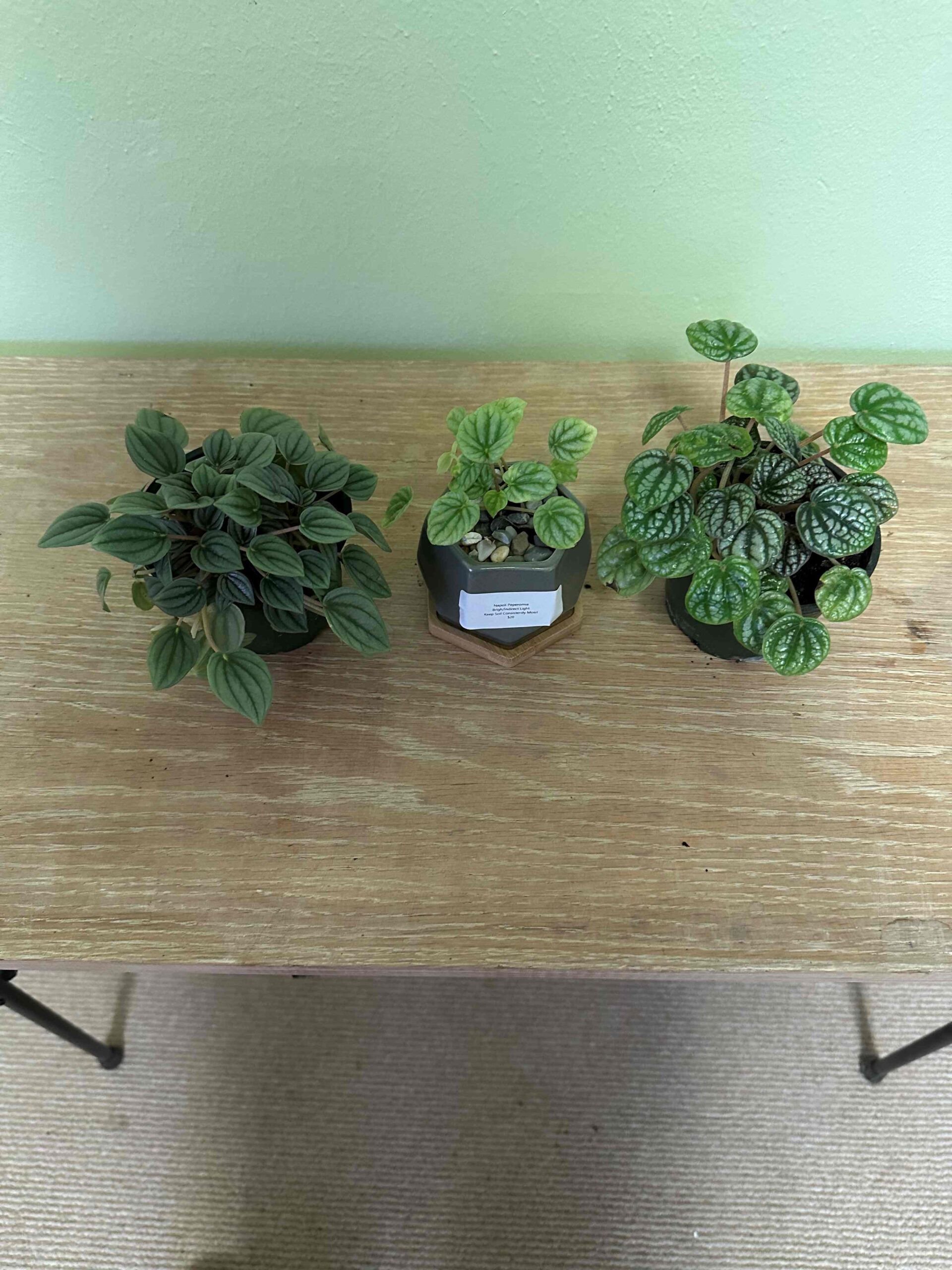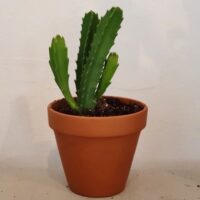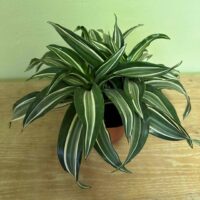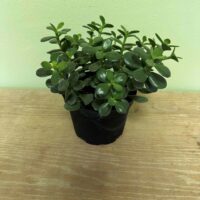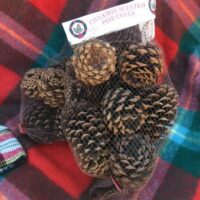The genus, in the peppercorn family Piperaceae, is home to over a thousand species of diverse plants—including popular houseplants such as the Watermelon Peperomia, Ripple Peperomia, Baby Rubber Plant, and more.
The family Piperaceae belongs to an ancient lineage of flowering plants known as Magnoliids. These plants are mostly tropical, and are the source of many of the essential oils and botanical oddities that we use today. Avocados, bay laurel, black pepper, cinnamon, magnolias, and nutmeg are all Magnoliids. In the clade Magnoliids, sits the order Piperales, which includes the family Piperaceae, home to the genus Peperomia.
Unlike plants Peperomia are distantly-related to, they are grown not for food purposes, but for ornamental purposes. Their flower spikes lack a perianth, or petals and sepals, and instead are borne on a spike. The spike, or inflorescence, is an easy way to identify a blooming plant is from the Piperaceae. It might not be the most attractive flower, however, Peperomia plants are grown for their beautiful foliage, not their blooms. They are semi-succulent, adaptable, visual-appealing, and pet-friendly—all characteristics that make for suitable houseplants.
Peperomia have the ability to be propagated from any part of the plant, except for the roots. Stem, or even leaf, cuttings can root if given proper conditions, which makes it quite valuable in the horticultural industry. This ability is more common in more ancient lineages, but randomly; and whether or not it is an ancient characteristic, or just an evolutionary quirk remains to be known. Being relatively easy to grow, species of Peperomia have been sold as houseplants since the 1930s.

